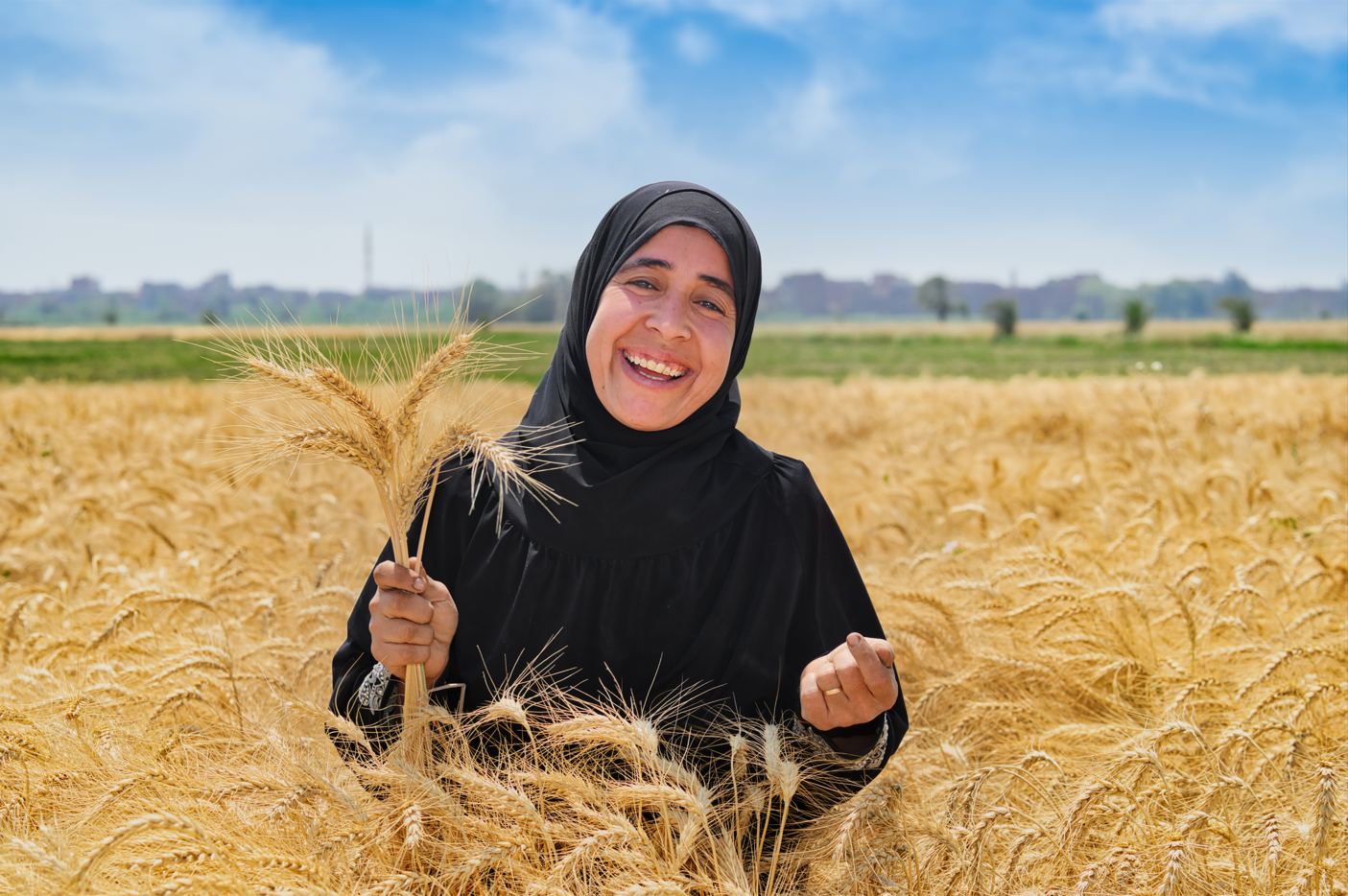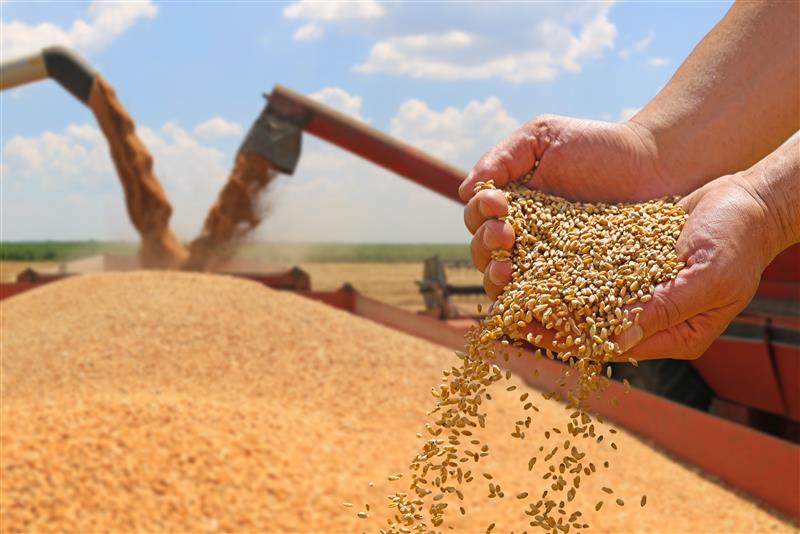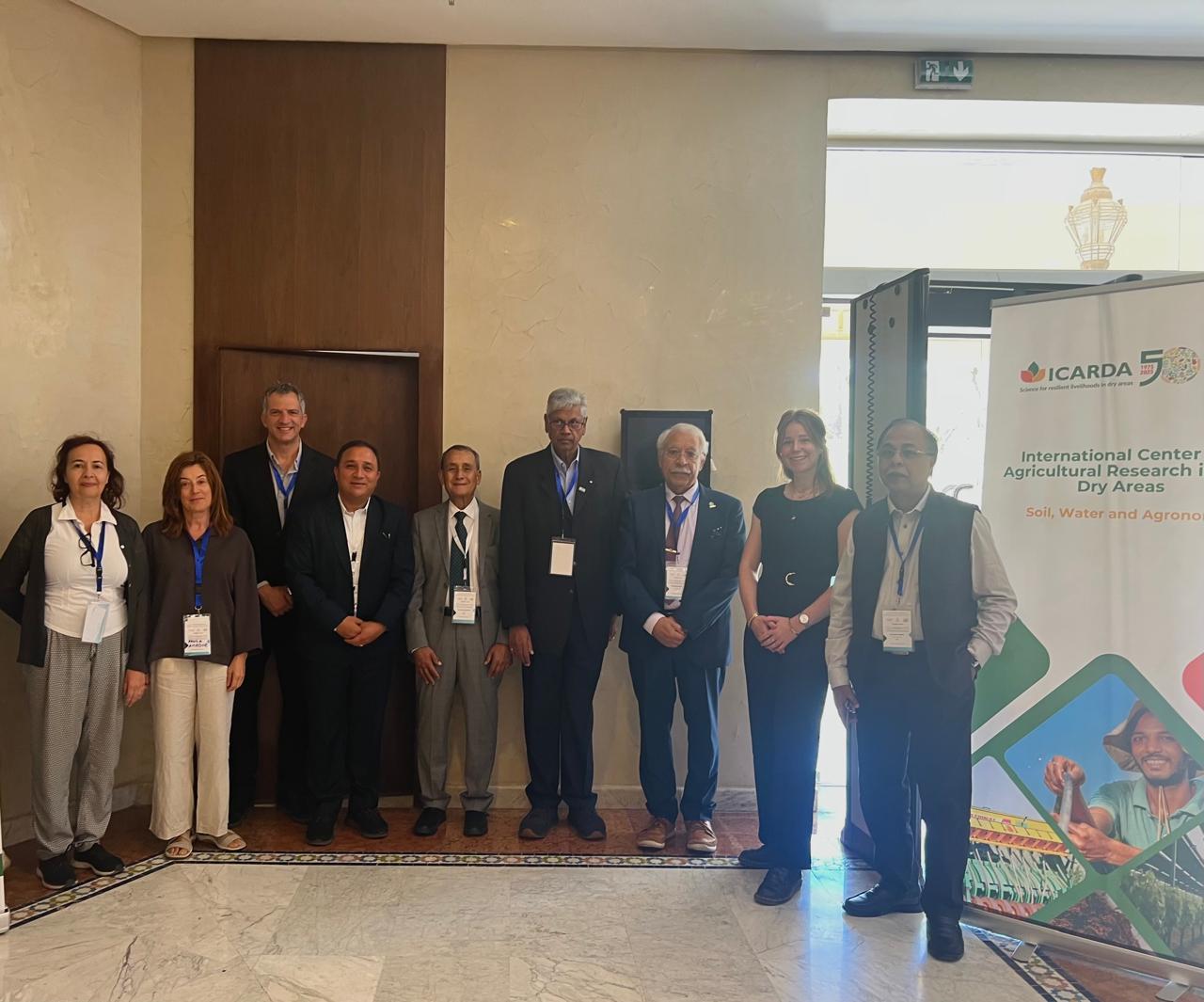From Neglect to Necessity: Utilizing Underutilized Plants
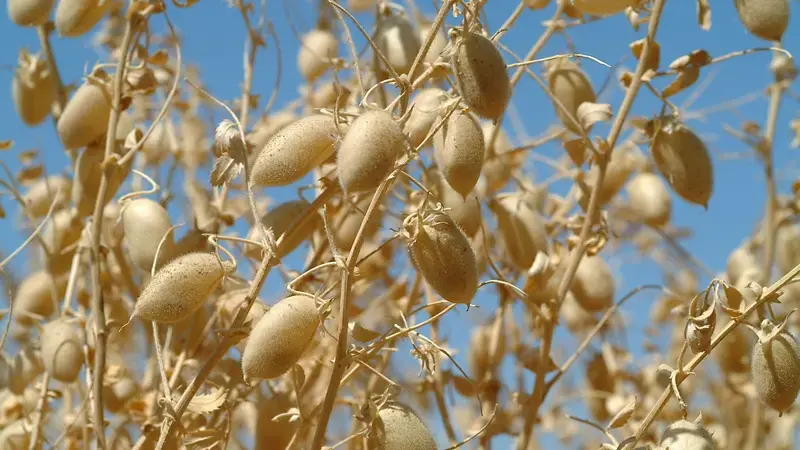
Modern food systems rely on a handful of staple crops such as maize, rice, and wheat, often overlooking the immense potential of neglected and underutilized species (NUS). In drylands - where ecosystems are particularly vulnerable to water scarcity, climate change and soil and land degradation - NUS present a transformative solution.
Researchers from ICARDA, under the auspices of F2R-CWANA and informed by the 2024 NUS conference in Rabat, explored the potential of these crops to build resilience and nourish millions and are now calling for innovations and investments to promote their adoption.
Drylands cover 41% of the Earth’s surface, supporting over 2.5 billion people. In these areas, neglected and underutilized species like sorghum, millet, cowpea, quinoa, and sesame, are not new to farmers. In fact, historically, these crops have been cultivated by smallholders because they thrive in harsh conditions where conventional staples fail to adapt.
Advantages of NUS in dryland ecosystems
ICARDA’s research revealed that NUS offer a multitude of advantages. One key benefit is their superior water utilization. Crops like chickpea, sorghum and cowpea achieve water productivity of up to 2.5 kg/m³—30% higher than maize (0.83 kg/m³) and wheat (0.91 kg/m³) - making them ideal for water-scarce regions.
Fig. 1. Water productivity of NUS and staples such as maize, rice, and wheat. Devkota et al. 2025 (see link below).
It doesn’t stop here. These crops are built to endure the heat where other crops would wither. Sorghum, for example, withstands temperatures up to 42°C, while cowpea and sesame endure 38°C and 40°C, respectively, outpacing the resilience of major cereals.
Besides their high water productivity and great heat tolerance, NUS like amaranth, lentils, and quinoa are rich in micronutrients (e.g., iron, zinc) and bioactive compounds, which helps address malnutrition, a persistent issue in dryland communities. To top it off, NUS bring better economic value. Field experiments in Morocco showed that NUS-based cropping systems, such as lentil-quinoa intercropping, deliver significantly higher gross margins and nutritional yields than wheat monocropping.
Although NUS have been shown to offer multiple advantages in terms of nutrition, resilience and economic value, these crops receive much less research and development funding than their staple counterparts. Globally, NUS cover 363.1 million hectares (Mha), surpassing wheat (219.2 Mha), maize (204.6 Mha), and rice (165 Mha). In Sub-Saharan Africa (SSA) specifically, NUS cover 139.9 Mha, playing a critical role in food security. However, their cultivation in the Middle East and North Africa (MENA) region has declined by 7% since 2018, dropping from 22.52 Mha to 21.17 Mha by 2022, underscoring the limited attention these crops receive.
Why NUS matter for dryland sustainability?
Unlike traditional staples which require irrigation and fertile soil, NUS present a sustainable alternative for lands rampantly affected by degradation. Crops such as chickpea and cowpea help restore and maintain soil health by fixing nitrogen in the soil, minimizing reliance on synthetic fertilizers while supporting more resilient and environmentally friendly crop production. They also enhance biodiversity through reducing vulnerability to pests, diseases, and climatic shocks.
NUS crops like quinoa and lentils also emit fewer greenhouse gases and use water more efficiently, aligning with global climate goals such as those outlined in the UNFCCC COP28 Declaration on Sustainable Agriculture.
Field experimentation in Morocco highlighted that relay intercropping lentils with quinoa or chickpeas outperformed wheat monocropping across key sustainability indicators, including caloric yield, protein output, water-use efficiency (WUE), and economic returns, all while reducing emissions intensity.
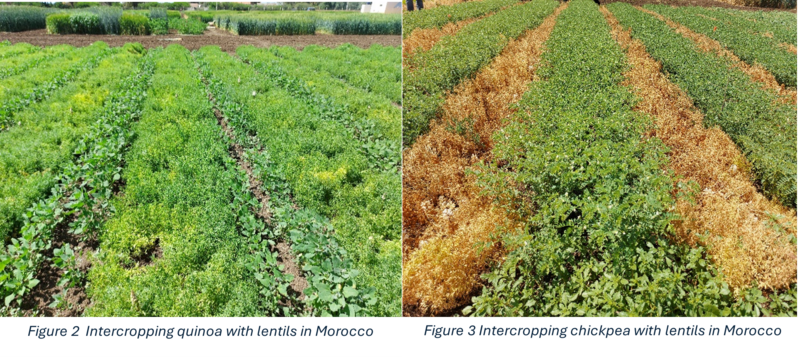
Challenges holding back NUS
Despite their potential, NUS face challenges to wider adoption and support. In MENA, crops like millet and sorghum have seen sharp reductions in cropping area since 2018 (32% and 11%, respectively), driven by pest pressures, market biases toward staples, and limited investment in research and development. Trade imbalance is another challenge holding back the expansion of NUS in MENA. Imports of NUS increased from 0.19 Mt in 1961 to 8.13 Mt in 2022, far exceeding exports (3.87 Mt), reflecting a dependency that could be reduced by boosting local production. Subsidies and support systems favor staple crops such as wheat and rice, leaving NUS farmers without access to quality seeds, extension services, or markets.
A roadmap for mainstreaming NUS in cropping systems
Seeking to enhance the resilience of dryland ecosystems, ICARDA’s study outlined 27 actionable strategies to mainstream NUS in cropping systems, one of which is breeding new drought-tolerant and pest-resistant NUS strains. For instance, breeding varieties of faba bean that are resistant to broomrape or groundnuts that are not prone to aflatoxin contamination, could significantly improve yields. Other recommendations include promoting smart crop management practices, such as developing nutrient management plans to maximize crop yields and innovating water-efficient irrigation methods like drip irrigation and other water-saving technologies tailored to the unique needs of NUS crops to optimize water use efficiency.
Building on ICARDA’s expertise in conservation agriculture and developing integrated bundled solutions, another way to encourage NUS cultivation is to implement tailored agronomic practices such as intercropping, drip irrigation, climate-smart techniques, precision agronomy, and fertilizers to maximize yields and water use efficiency.
Value chains and markets also need to be strengthened to encourage farmers to cultivate NUS and people to consume them, driving demand and increasing their value. To make this happen, ICARDA’s researchers recommend enhancing the post-harvest processing (e.g., sorghum-based products, quinoa branding, value addition, market linkages) and linking farmers to local and global markets. They also emphasize the necessity of developing sustainable seed supply systems and improving local level seed supply to further bolster the NUS market.
Building on successful models from SSA where NUS cultivation areas have increased by 8% since 2018, there is a clear need for supportive policies such as subsidies, robust seed systems, and farmer training. Equally important are strong partnerships between ICARDA, FAO, governments, donors, and civil society to scale up innovations and accelerate the mainstreaming of NUS.
ICARDA's new 2030 Research and Innovation Strategy recognizes the potential of NUS in building resilient food systems. These crops are a pathway to resilience, nutrition, and sustainability in MENA and SSA drylands.
Read the full study here: https://onlinelibrary.wiley.com/doi/full/10.1002/fes3.70046. (DOI: 10.1002/fes3.70046).
Read the comprehensive list of recommendations here: recommendations NUS.
ICARDA Contributing Scientists:
Dr. Krishna Prasad Devkota, Senior Scientist - Dryland Farming
Dr. Mina Devkota, Senior Scientist - Dryland Agronomy
Dr. Vinay Nangia, Research Team Leader - Soils, Waters and Agronomy
Dr. Samar Attaher, Research Associate - Agronomist

